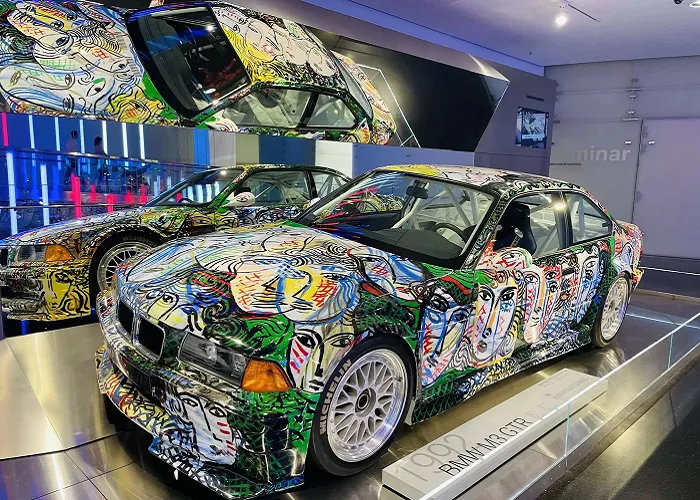MUNICH — The BMW Museum is set to unveil a new exhibition, Belle Macchine. Italian Automotive Design at BMW, highlighting the enduring yet often understated impact of Italian design on the German automaker’s legacy. The exhibition opens to the public on June 7, 2025.
Spanning five ramps and platforms within the museum’s signature “Bowl” space, Belle Macchine explores BMW’s historical and stylistic ties to Italian automotive artistry. The showcase delves into nearly a century of collaboration, tracing the Munich-based manufacturer’s fascination with Italian aesthetics back to the 1930s.
Italian design luminaries such as Giorgetto Giugiaro, Giovanni Michelotti, and Marcello Gandini are central to the narrative. According to curators Anna Schleypen and Klaus-Anton Altenbuchner, the integration of “class and elegance with modern forms and functionality” played a key role in BMW’s evolution into a premier global marque.
Among the 23 classic vehicles on display are standout examples of this cross-cultural synergy. Gandini’s wedge-shaped BMW Garmisch concept takes a prominent spot, having heavily influenced the design direction of the original 3 and 5 Series. Other notable exhibits include the BMW 1800 TI/SA, several rare models from BMW’s Glas period—such as the 3000 V8 “Glaserati”—and bespoke creations like the 2800 GTS Frua and Pininfarina’s Gran Lusso Coupe.
Conceptual boldness also finds a place, with cars like the Giugiaro-designed Nazca M12 reflecting the imaginative possibilities that emerge when German engineering meets Italian flair.
The final section of the exhibition looks ahead, pairing retrospection with forward-looking vision. The BMW Vision Neue Klasse and M1 Hommage illustrate how Italian design continues to inform the brand’s future. A wraparound projection of Giorgio de Chirico’s artwork adds a poetic visual element to the closing segment.
Running from June 2025, Belle Macchine is more than a display of design heritage—it is a curated homage to the creative dialogue between German precision and Italian passion. The exhibition underscores that even BMW, long considered a paragon of Teutonic engineering, holds a deep appreciation for sprezzatura—the effortless elegance emblematic of Italian design.


